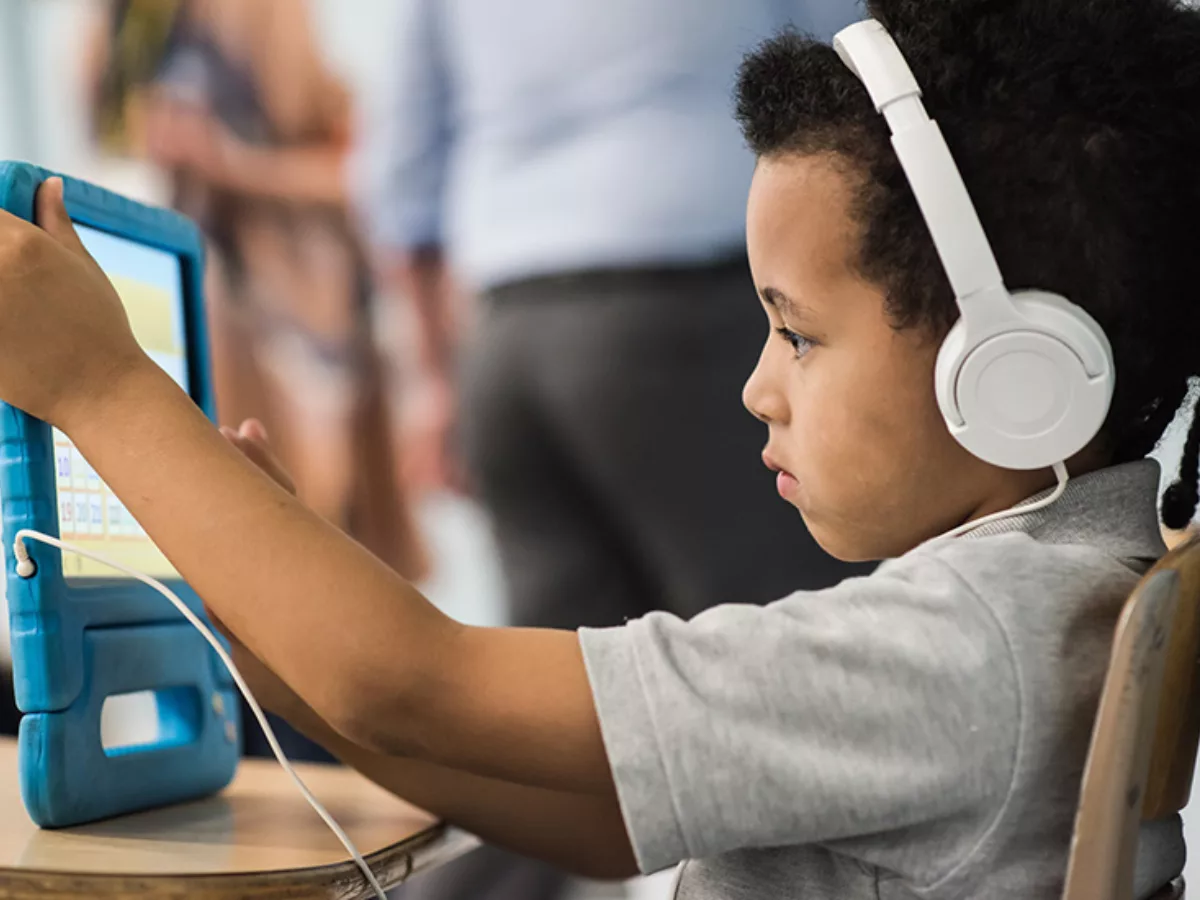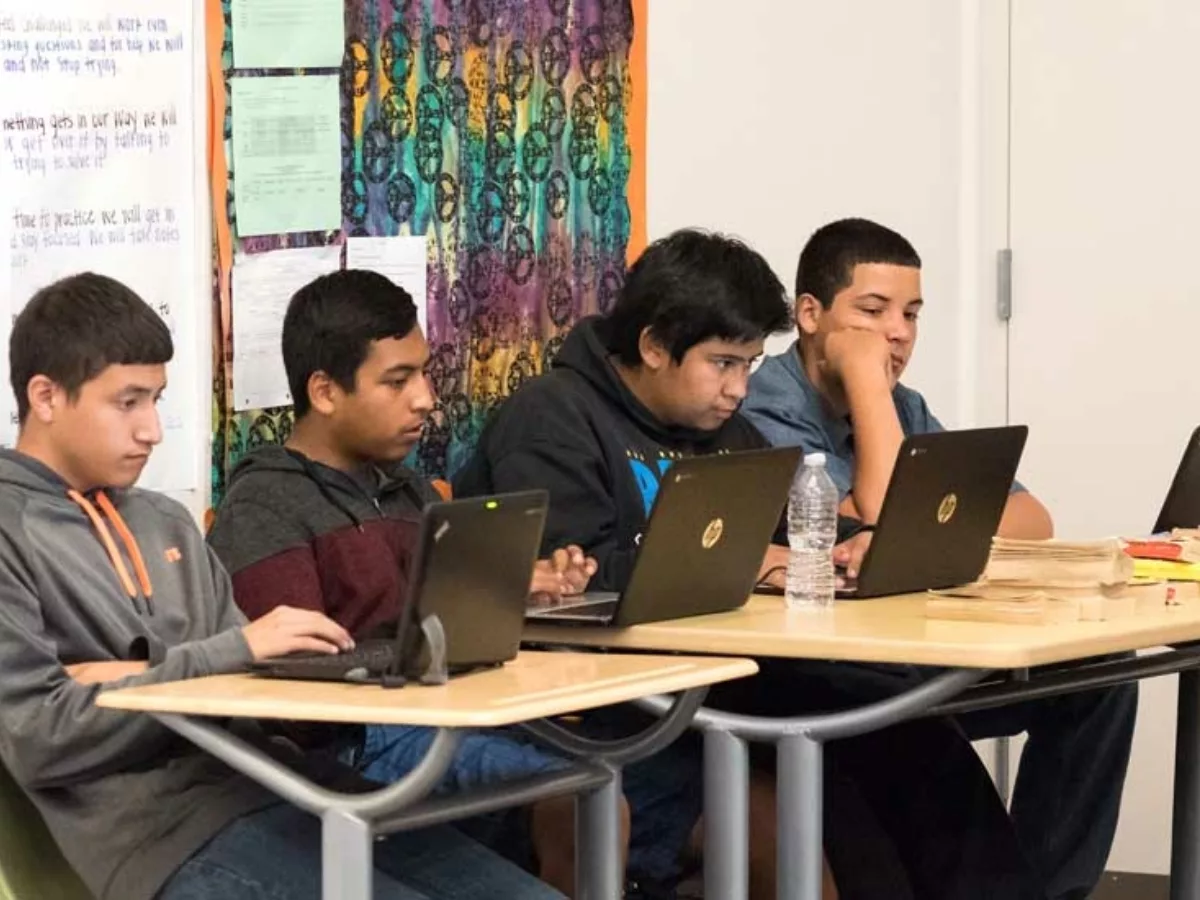Too often, conversations about digital equity remain siloed in the technology department. However, digital equity is a systems-level challenge. To ensure that students can both access digital technologies and meaningfully use them in their learning, leaders need to engage a broader set of stakeholders from across departments and perspectives.
An essential first step involves bringing a diversity of expertise, ideas, and experiences to the table so that your team represents those most affected by issues pertaining to digital equity: students, teachers, building and academic leaders, and the technology team. Given the holistic nature of digital equity, it is critical to ask who else should contribute to the conversation and why.
As you complete the activities below, ask yourself:
How do different roles and experiences influence our work together?
Are all of the voices and interests in our community – especially those often not included or represented – part of this process?
Why are we trying to do this work, and what are we hoping to accomplish?






